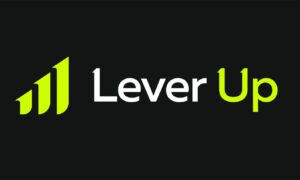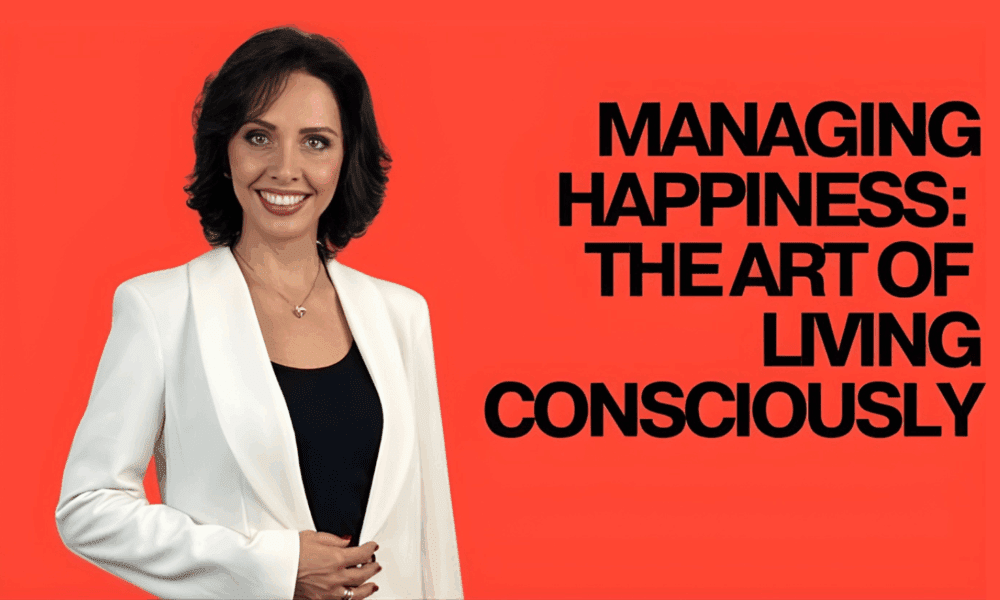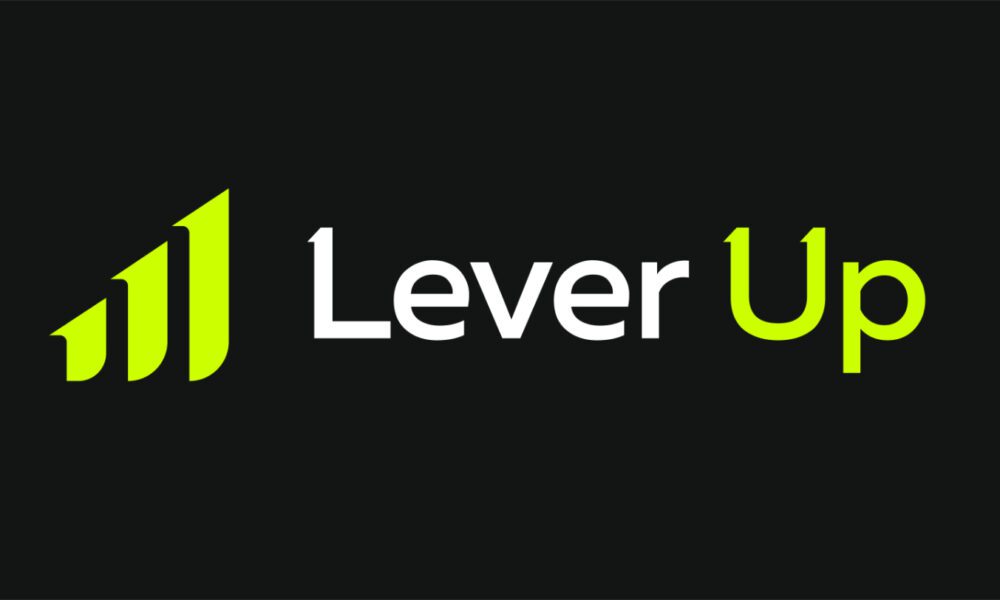Objectives and Key Results (OKRs) promise alignment, accountability, and strategic clarity. Yet despite their apparent simplicity, most organizations struggle to implement them successfully. According to Philipp Schett, CEO and founder of Wave Nine and former T-Mobile and Meta executive, “Over two-thirds of OKR programs fail even though the OKR framework is pretty simple.”
The irony is striking. A methodology designed to create clarity often generates confusion instead. But why do so many smart companies get OKRs so wrong?
The Process Problem
The root cause isn’t the methodology itself; it’s the lack of a proper implementation process. “OKRs are such a simple methodology that maybe organizations don’t take seriously enough,” Philipp explains. “When you scale up OKRs, it becomes less and less about the methodology itself and more about the process.”
Too often, organizations approach OKRs casually. Someone reads “Measure What Matters,” gets excited, and sends an email announcing the new initiative. But without proper planning, training, and support systems, teams end up with five different interpretations of what OKRs actually are.
The classic mistake? Assigning the program to someone who happened to intern at Google once. As Philipp puts it, “Just because Susan was at Google once doesn’t necessarily mean that she’s able to create a good OKR program; having cake once doesn’t make you a great baker.”
The Red Flags of Failing Programs
When OKR programs go sideways, certain warning signs emerge consistently. Poor-quality executive OKRs top the list. “If you have generic objectives at the top of the house like ‘make customers happy’ or ‘increase revenue,’ then it’s really hard for teams below to get any information and value out of that,” Philipp notes.
Another major red flag is chronically low achievement rates. When teams consistently hit only 30-40% of their key results, “your OKRs become honestly a wish list, and the whole thing becomes extremely frustrating.”
The documentation problem compounds these issues. Organizations often skip defining basic processes, where should teams record their OKRs? When are updates due? How often should reviews happen? Without clear guidelines, you end up with 100 teams using PowerPoints stored somewhere in SharePoint, a few Google Sheets flying around, and maybe someone using Jira, but you don’t have any transparency across the organization.
Beyond Individual Productivity
Philipp’s approach focuses on “scaled productivity”, moving beyond individual self-improvement to organizational efficiency. “Productivity is something we often think about on an individual level, but there are just not too many frameworks for how we can create productivity at scale.”
OKRs become the shared language of productivity, but they need supporting systems. Philipp advocates for “results rituals”, structured touchpoints like Monday team calibration meetings and Friday progress celebrations that keep teams aligned and momentum strong.
Managing the Inevitable Resistance
Change is hard, and OKR implementation inevitably creates friction. The key is distinguishing between different types of resistance. “It’s different if your executive team isn’t on board versus if there are a few middle managers not on board,” Philipp observes.
The solution starts with communication. “You have to sell, not tell, the organization why you’re doing OKRs.” Leaders must articulate clear benefits and repeat that message consistently. “That process took you a while, and if you only tell people that ‘we are going to introduce OKRs,’ you’re expecting them to make the same leap in 5 minutes.”
For the small percentage who remain resistant, Philipp recommends focusing energy on champions instead. “Don’t forget your champions, and don’t forget the ones that are really excited about this. You need to identify the ones that are excited and invest in them; they will take most people along with that change.”
Starting Smart
For teams ready to begin their OKR journey, Philipp’s advice is simple: “Be clear about your why. What is the problem you’re trying to solve?” Instead of trying to transform everything at once, start with one specific challenge, perhaps alignment around AI initiatives or a particular product launch.
The goal isn’t perfection from day one. It’s building the foundation for sustained organizational productivity, one objective at a time.





























